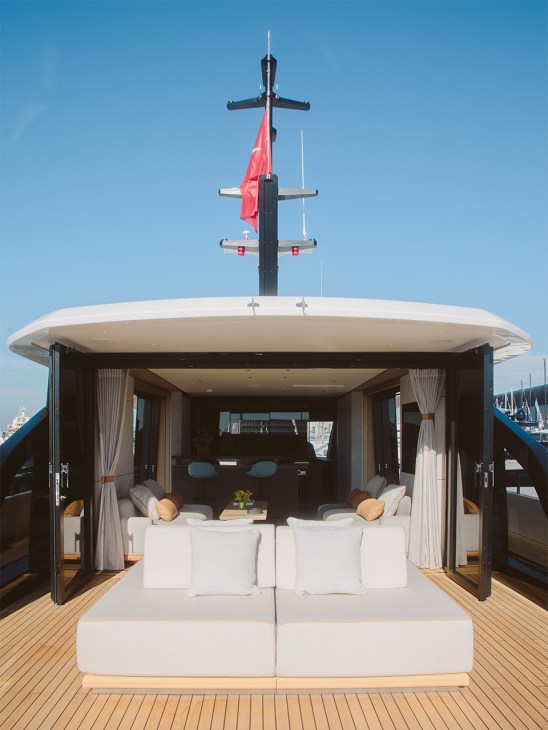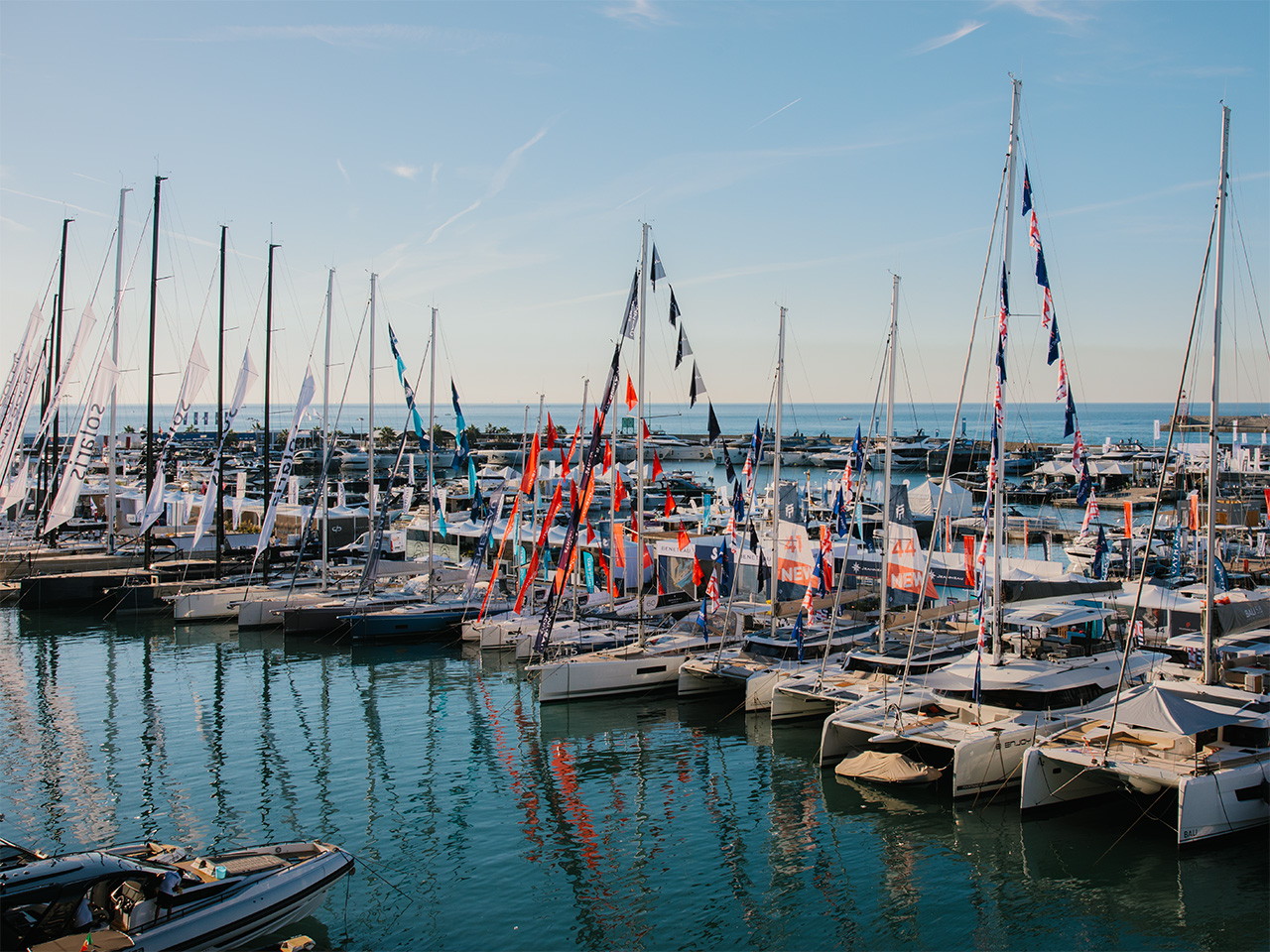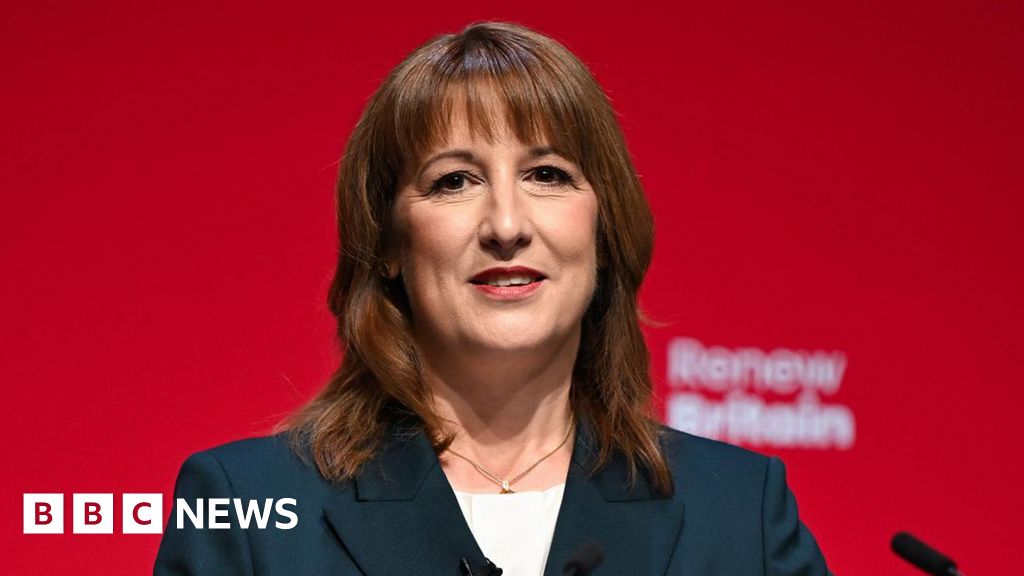Can the international nautical-market event help to put the wind back into Italy’s sails?
At Genoa’s waterfront on the Ligurian Sea, the sun is shining following a brief but powerful autumn shower. Moving among the luxury boats bobbing on the water in front of a Jean Nouvel-designed pavilion, barefoot deckhands are towelling down wood finishing and removing waterproof covers from tables and seats, readying them to accommodate potential buyers. After the lethargy of summer, it’s back to business in Italy. Liguria’s Genoa International Boat Show, which takes place annually in September, is the country’s most important boating event. It is sandwiched between a bustling nautical schedule that features a Cannes event before it and a Monaco one immediately afterwards.
Historically, Genoa was the world’s most important global boating event. In recent years, however, it has lost out to its Francophone Mediterranean rivals – but there are signs of buoyancy. “At Cannes, everyone comes to us; lots of Italians and even Australians,” says Rosario Alcaro, the general manager of Cantieri Aschenez, showing off the company’s 17-metre Invictus TT550. “But there are a lot of people at Genoa.” The visitor numbers make for positive reading too, up 2.8 per cent on 2024.
The chatter around the sun-dappled docks and inside the pavilion is focused on recyclable materials and lightening the load (though the latter is often more about gaining speed and less about sustainability). The TT550, for example, has recyclable thermoplastic resin instead of wood. But bigger still seems to be better, with Aschenez planning to produce a large boat in its TT series. “People want a bigger boat; it’s like houses,” says Alcaro.
Indeed, a standout at this year’s show is San Lorenzo’s 33-metre SL110A, with its huge flybridge. Like many boats on display here, it had its premiere at Cannes – that’s just the way the dates fall, perhaps, but it is something that Genoa might like to redress given Italy’s gargantuan contribution to the sector. Last year, the Italian boating industry had a turnover of €8.6bn, the highest figure on record, while the Global Order Book – an annual report by Boat International that ranks the world’s top superyacht builders – has Italy as a clear frontrunner. Surely, then, Italy deserves to have the leading event?


Gigi Servidati, the president of Pardo, Grand Soleil and VanDutch, says that both Cannes and Genoa have been good for sales. While there are more than 1,000 boats and exhibitors from 45 countries here, Servidati is convinced that the show could be more international. “The potential is there but the infrastructure needs to be improved,” he says. Indeed, while Cannes has the corniche and a plethora of luxury hotels, plus the know-how gained from hosting everything from its film festival to property fair Mipim, Genoa is paddling hard to catch up. Still, the future looks bright given the number of cranes around the waterfront – all part of an urban mega-project from the studio of Renzo Piano and OBR Architects that includes new residential, office and retail space. In September, meanwhile, Accor announced that it would open a waterfront Sofitel in 2027. All of which is helping put the wind back in Genoa’s sails.
Genoa International Boat Show in numbers
124,000: Number of visitors this year (up 2.8 per cent on the previous year)
€8.6bn: Italian boating industry turnover in 2024
1st: Italy’s global position among top superyacht builders according to Boat International
1,000: Number of boats from
45 countries on display this year







